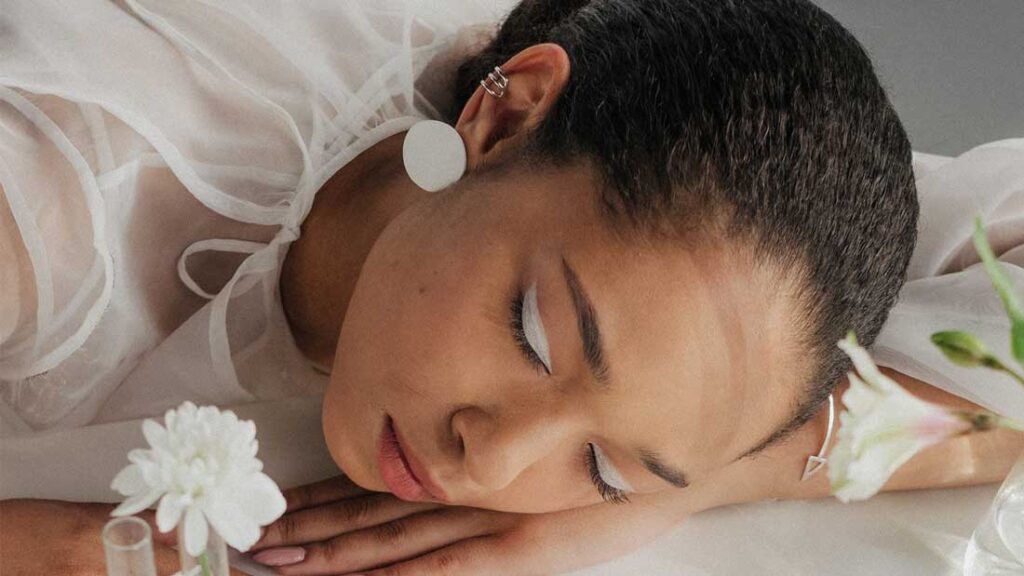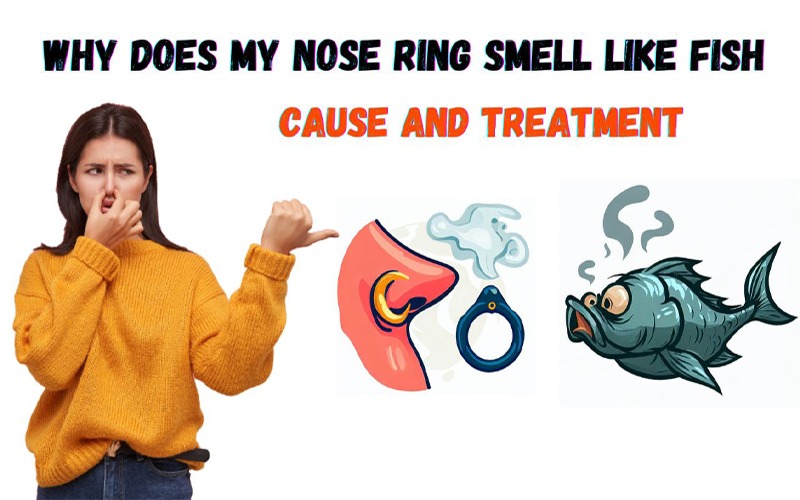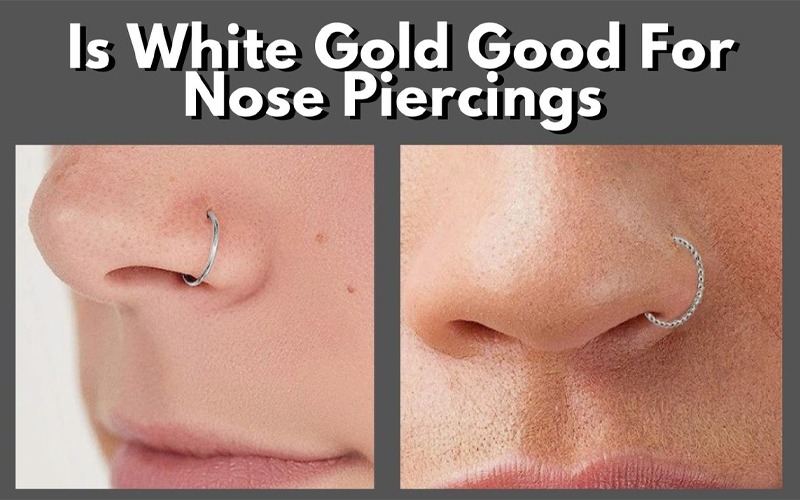The question of whether one can sleep on their side after receiving an earlobe piercing is a common concern, touching upon the broader topic of post-piercing aftercare and the necessary precautions to ensure proper healing.
While the simplicity of an earlobe piercing might suggest a swift and uncomplicated healing process, the reality is that the position in which one sleeps can significantly influence the outcome. Side sleeping, in particular, may exert undue pressure on the new piercing, potentially leading to complications such as inflammation, infection, or even the misshaping of the piercing hole.
In this discussion, we will examine the risks associated with side sleeping after earlobe piercing and explore alternative sleeping positions that could mitigate these concerns. Furthermore, we will contemplate the potential benefits of specialized pillows and other sleep aids designed to protect ear piercings, all while considering the signs that indicate a piercing is healing correctly.
This inquiry not only serves the immediate needs of those with fresh piercings but also informs a broader understanding of body modification aftercare.
Key Takeaways
- Following proper aftercare instructions from a professional piercer is crucial for the healing of an earlobe piercing.
- Sleeping on your back is advised to minimize discomfort and strain on the piercing site.
- Avoid sleeping on the side with the fresh earlobe piercing to prevent misalignment and discomfort.
- Signs of proper healing include decreased swelling, minimal pain, and absence of redness, while signs of infection include persistent redness, increased swelling, and excessive discharge or pus.
Understanding Earlobe Piercing Aftercare
Appropriate aftercare is crucial for the healing of an earlobe piercing, particularly when it comes to sleeping practices that could affect the piercing site. Ensuring that the piercing is not subjected to undue pressure or friction will significantly aid in the healing process. For individuals valuing their freedom and comfort, it’s important to understand that proper aftercare is key to avoiding complications and infections which can impede daily activities.
Adhering to aftercare instructions provided by a professional piercer is essential. This often includes the recommendation to avoid sleeping on your side, as this can put pressure on the earlobe piercing, leading to discomfort and potential damage to the healing tissue. Instead, sleeping on your back is advised to minimize discomfort and prevent any unnecessary strain on the piercing site.
To facilitate a comfortable night’s rest while preserving the integrity of the earlobe piercing, individuals can make use of pillows to support their head and neck, thereby reducing the likelihood of accidental pressure. A U-shaped travel pillow can be particularly effective, as it allows for a restful sleep without compromising the piercing’s position.
In addition, a nightly saline wash before bed can help to keep the piercing clean, further reducing the risk of complications. It’s also wise to keep your fingers away from the piercing to prevent the introduction of bacteria.
For side sleepers who find it challenging to adjust, silicone plugs are a viable option to protect the piercing while providing the comfort needed to maintain one’s preferred sleeping position. Nevertheless, consulting with a professional piercer or healthcare provider for personalized advice is always recommended to ensure the best outcome for your earlobe piercing.
Risks of Side Sleeping Post-Piercing
While maintaining the recommended sleeping position on one’s back can significantly aid in the healing of an earlobe piercing, adopting a side-sleeping posture introduces several risks, including increased irritation, infection, and potential misalignment of the jewelry. Those with new ear piercings should be particularly cautious of the position they rest in to avoid complications.
Sleeping on your side after getting an earlobe piercing can exert undue pressure on the piercing site. This pressure not only causes discomfort but also can lead to irritation and infection, as the piercing is in prolonged contact with bedding that may harbor bacteria. It’s essential to heed aftercare instructions that typically advise individuals to avoid sleeping on the side where the piercing was performed. Doing so helps to minimize discomfort and supports the body’s natural healing processes.
Moreover, the consistent pressure from side sleeping can interfere with the piercing’s healing trajectory, potentially causing misalignment of the jewelry. This misalignment can affect the final appearance of the piercing and may necessitate corrective measures. Additionally, the risk of your earring getting caught in the fabric increases, which can lead to torn skin or even scarring, detracting from the aesthetic outcome you desire.
To minimize these risks and ensure the best possible healing outcome, individuals should adhere to a regimen that includes regular cleansing with a saline wash, which helps to keep the area clean and free from infectious agents. Embracing these precautions allows for the freedom to enjoy your earlobe piercing with confidence once it has fully healed.
Optimal Sleeping Positions for Healing
To facilitate the healing process of an earlobe piercing, sleeping on one’s back is considered the most favorable position. This optimal sleeping posture helps minimize discomfort and supports the ear piercing heal more efficiently. For those who cherish their freedom, it’s important to understand that a little structure in your nighttime routine can lead to a more liberating day without the constraints of a painful or improperly healed piercing.
- Sleeping Adjustments for Healing
- *Back Sleeping*
- OK to Sleep: It’s perfectly fine to maintain your freedom and comfort by sleeping on your back instead of your usual position.
- Minimize Discomfort: You can minimize discomfort by sleeping in this position, ensuring that you wake up ready to enjoy your day without the hindrance of a sore earlobe.
- *Pillow Strategy*
- Travel Pillow: A travel pillow can cradle your neck and keep your newly pierced ear from touching the bed, which helps maintain the integrity of the piercing as it heals.
- Piercing Pillow: Alternatively, a specialized piercing pillow provides a safe space for your ear to rest without pressure, allowing you to sleep soundly and with ease.
When you’ve newly pierced your ears, it’s vital to avoid sleeping on the side with the piercing or on your stomach, as this could lead to irritation and extend the healing process. Investing in a comfortable mattress and pillow can further enhance the quality of your sleep while ensuring that your earlobe piercing remains undisturbed.
Protecting Your Piercing During Sleep
Having established the optimal sleeping positions for healing, it is equally important to discuss specific strategies for protecting your earlobe piercing as you rest. When we sleep, we desire the freedom to relax without the worry of hurting our new piercings. To ensure a peaceful slumber while maintaining proper aftercare, consider these protective measures.
Firstly, avoid sleeping on the side with the fresh earlobe piercing. Not only does this apply pressure on the area, which can lead to discomfort, but it can also slow down the healing process. To help with this, you could use a travel pillow, which allows you to sleep on your side without putting direct pressure on your ear.
Regularly changing your pillowcase is another simple yet effective way to maintain hygiene and reduce the risk of infection. A clean environment near your piercing is crucial for healthy healing.
For additional comfort, and to avoid the piercing from closing, consider using silicone plugs at night. However, always consult with your piercer before introducing any new aftercare products.
Finally, be patient and give your piercing ample time to heal before attempting to sleep directly on it. Healing is a gradual process, and it’s important to respect the time it takes.
Below is a table designed to evoke the emotion of comfort and care when thinking about protecting your piercing during sleep:
| Strategy | Benefit | Emotion Invoked |
|---|---|---|
| Use a Travel Pillow | Avoids pressure on new piercing | Relief |
| Change Pillowcases Regularly | Reduces risk of infection | Security |
| Sleep on Back or Unpierced Side | Minimizes discomfort and promotes healing | Freedom |
| Use Silicone Plugs | Prevents piercing from closing | Assurance |
| Saline Wash Before Bed | Cleanses and prepares for restful sleep | Tranquility |
Incorporate these practices into your sleep routine to enjoy a night of restorative sleep, free from the concerns of piercing care.
Signs of Proper Earlobe Piercing Healing
An absence of redness and a reduction in swelling are key indicators that an earlobe piercing is healing properly. After the initial excitement of getting a new earlobe piercing, paying attention to the signs of proper healing becomes crucial for those desiring the freedom to continue their daily activities without complications. Observing the evolving condition of the skin around the piercing provides valuable insight into the healing process.
When you follow aftercare instructions meticulously, which typically include regular cleaning with a saline wash and keeping your fingers away from the piercing, you encourage a swift and effective healing period. Here are the signs that your earlobe piercing is on the right track:
- Absence of Redness:
The skin around the piercing should not exhibit persistent redness.
A clear sign that the body is accepting the piercing without irritation.
- Decreased Swelling:
Swelling should subside progressively after the first few days.
This indicates that the body’s initial response to the piercing heals.
- Minimal Pain:
Any discomfort should diminish, reflecting the natural healing progression.
Pain should not be a constant companion; its reduction is a positive marker.
- Crust Subsided:
A decrease in crust or discharge around the piercing suggests proper healing.
Remember, avoid twisting the jewelry, as this can introduce bacteria.
- Normal Tissue Texture:
The skin should regain its normal texture, indicating the piercing is fully healed.
Healthy skin is resilient and free from persistent signs of distress.
Infections do happen sometimes, even with the best aftercare. Recognizing these signs of proper healing can help ensure that your earlobe piercing remains a symbol of self-expression, rather than a source of concern.





